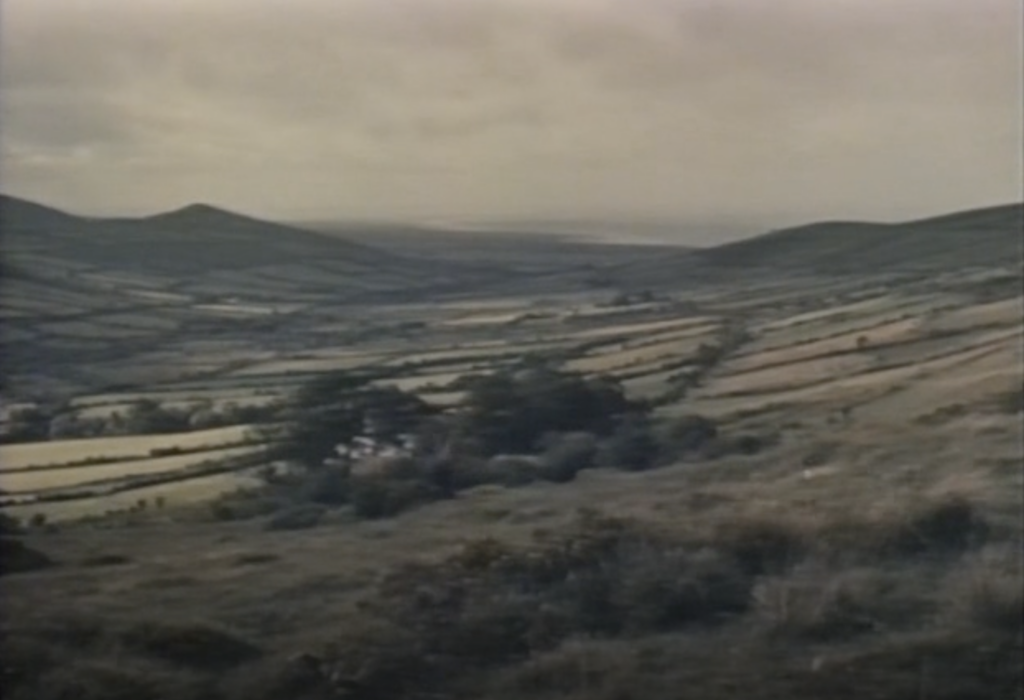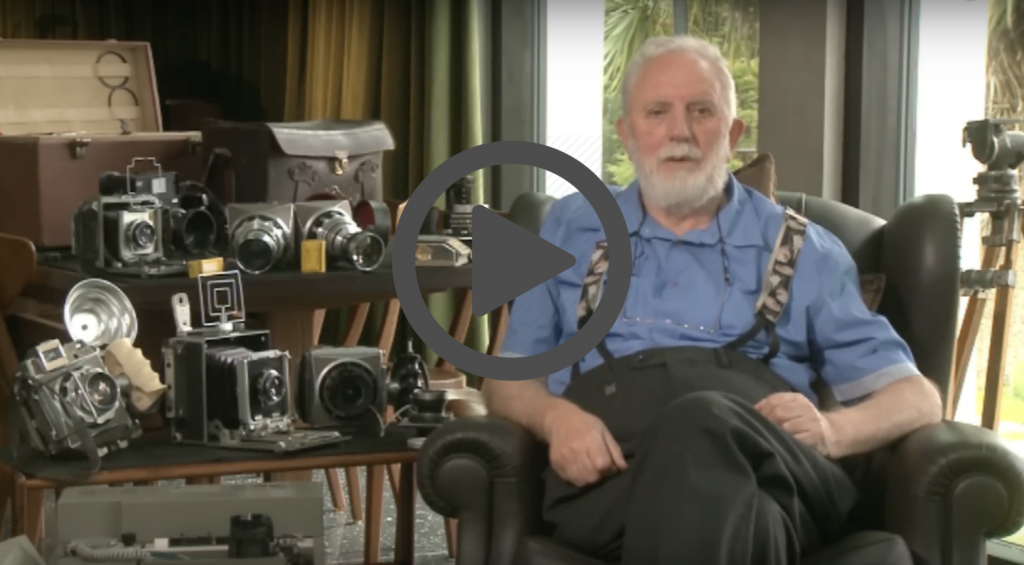Playboy of the Western World - Gleann na nGealt
Gleann na nGealt
|
Glannagalt
Address
Gleann na nGealt, Cill Gobáin, Corca Dhuibhne
52.1992479
, -9.929803

Although the majority of this film was shot in the dunes at Inch Beach, some establishing shots were taken at nearby locations, including a vista over Gleann na nGealt. This glen is famous for its well, whose waters are reputed to have a cure for mental health issues. Indeed its name means the Glen of the Mad, and it is believed that drinking the water and eating the watercress that grows there would restore those who had lost their reason.
Despite being one of the most famous Irish plays of all time, first performed in Dublin in 1907 to much fanfare and even more controversy, this is the only straightforward film adaptation of J. M. Synge’s play to date. Both famous and infamous for Synge’s evident irreverent attitude towards rural Irish mores, combined with his indulgence in the uniqueness and intricacies of the Hiberno-English dialect, Playboy is one of the enfants terribles of Irish theatre. It deconstructs traditional Irish culture whilst revelling in, and indeed remythicizing, its linguistic richness – all the while the “real” society it lampoons struggled to establish an identity within the international political arena. Such disruptiveness was echoed in the modernist literature of the post-Free State era that followed, by the likes of James Joyce and Flann O’Brien. Many of their works (Ulysses, Finnegan’s Wake, At Swim-Two-Birds, and so forth) have similarly defied successful adaptation and/or remediation.
All of this is to say that, as a filmed play, The Playboy of the Western World, directed by Irish expatriate (and mentee of The Quiet Man’s John Ford, of Hollywood fame) Brian Desmond Hurst in 1962, was fairly doomed to fail. The socio-cultural context and “purpose” of the original play being what it was – to raise a mirror to the hypocrisies of all those concerned in/by post-colonial Irish society: the colonizer, the colonized, the subalterns – arguably any adaptation of the play that wishes the remain “true” to its sensibilities must either go all-in on “authentic” Irish representation (though what is that?) or throw it out the window entirely or at least make its problematization purposeful.
This Playboy hedges its bets, representationally. On the one hand, it gathers a range of house players from the Abbey, Ireland’s national theatre, to fly the flag for Irish “ownership” of its text, such as (most notably) Siobhán McKenna as Pegeen Mike. This is nevertheless undercut by the casting of English actors – optimistically for the sake of international name recognition – in the roles of Widow Quin (Elspeth March) and, most egregiously, the Playboy himself, Christy Mahon (a well-meaning Gary Redmond). As Kevin Rockett sums it up in Cinema and Ireland, he is “patently incapable of interpreting the rhythm and nuance of Synge’s words” (p.111). As such, there is little perceptible difference between Christy’s expressiveness in the latter part of the film compared to its start, when there is supposed to be a palpable shift in the character’s (anti-)heroic stance, at least in his own inflated opinion of himself. Unlike Ford’s The Quiet Man – which Harlan Kennedy has argued owns up to its “Oirishness” from “an outsider American’s viewpoint”, by virtue of a number of purposeful framing devices established early on – the 1962 Playboy does not seek self-reflexively to examine issues of cultural bias or the complexities of remediation. This is despite the fact that it is, at least partially, a British (re)production of an Irish text.
Where Playboy does succeed as a film, in its own right, is through its filming on location at Inch Beach. Otherwise, this is mostly a “filmed play”: Hurst indulges very little in the technology and techniques offered by film to enhance or otherwise reinterpret the book of the play in a meaningful or new way. Every now and then, he leans on a closeup or slight reframing for dramatic emphasis or the sake of continuity. It is only in the scenes that Hurst chooses to set outside Flaherty’s Pub that the film audience is granted a pleasure in viewing not otherwise made available vis-a-vis the stage.
Every now and again, we catch a glimpse of the expansive coastal backdrop. In these moments, in which the contrived narrative play-space confronts the wild and real fields of Gleann na Gealt or the dunes and surf of Inch, we are reminded of one of the play’s main themes: mythmaking, or the stories we tell about ourselves and others to make sense of our existence, can override physical circumstances and surroundings to the point of their utter obfuscation. Why else, in the film’s final shot, would the Playboy and his un-murdered father walk out into the great beyond…and straight into the water? Because the idea of what they are doing is greater than its – or their, for that matter – execution.
The interview below is with photographer Padraig Kennelly, who provided props for the film, and is linked from his online archive.


